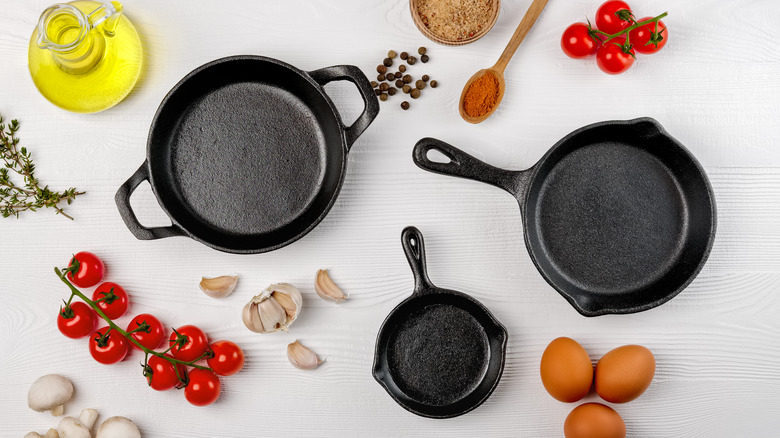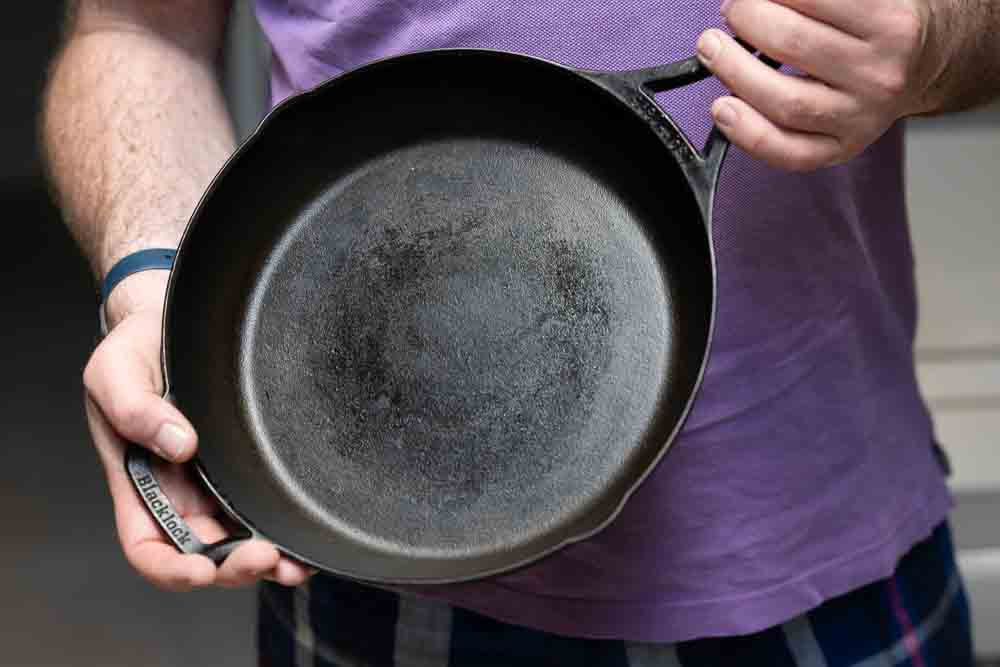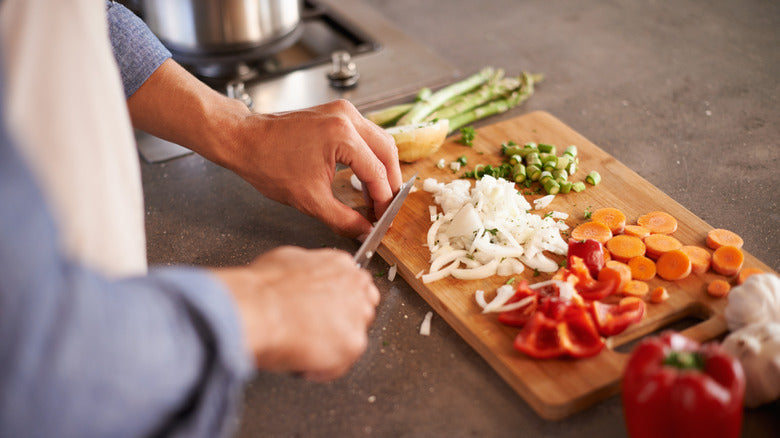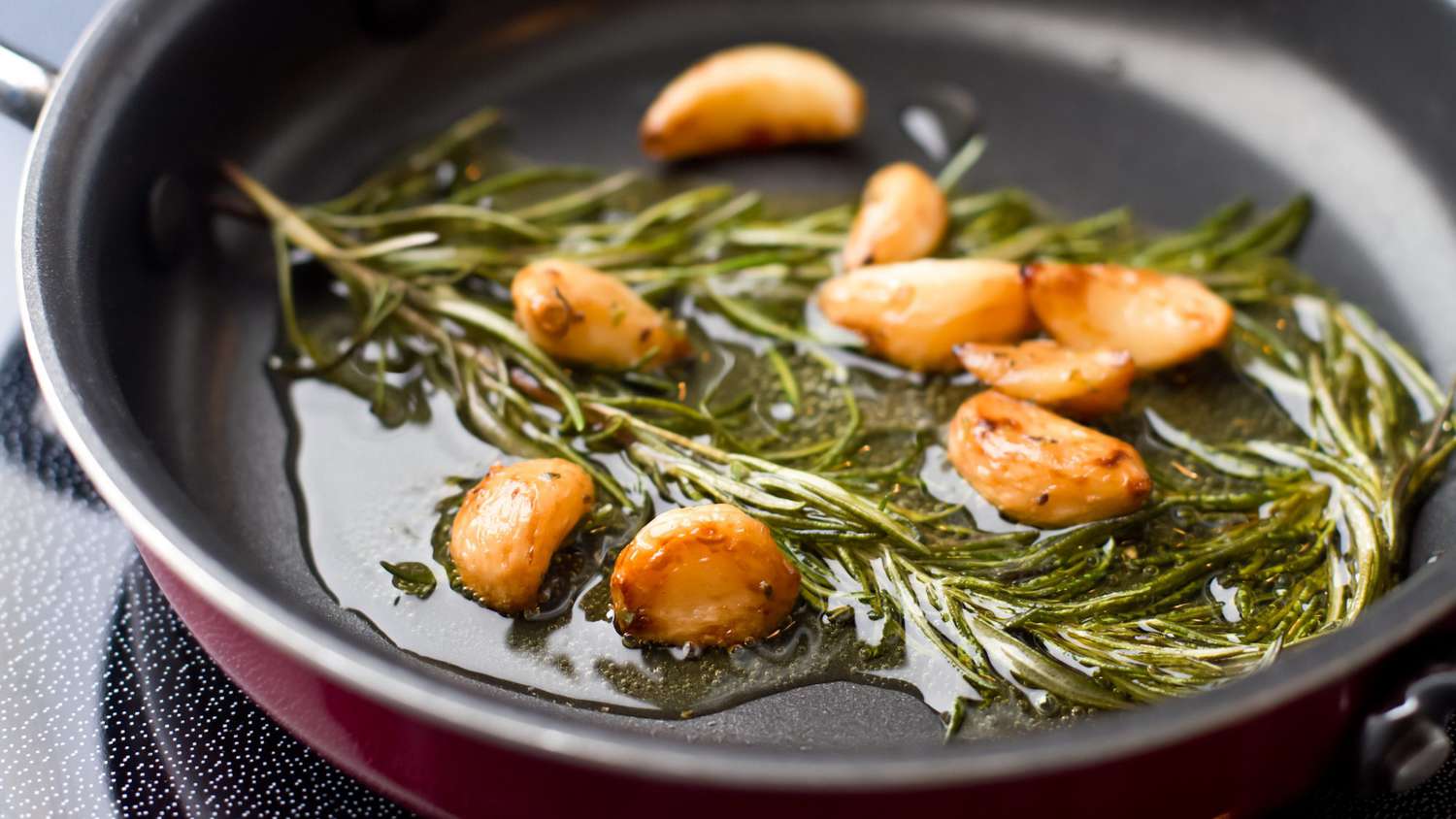Toasting nuts is an essential skill for any kitchen professional aiming to enhance flavors and provide that extra touch to dishes. Among nuts, almonds hold a significant place due to their versatility and popularity. This article will detail how to toast almonds in skillet, examining methods, techniques, and tips to achieve perfectly toasted almonds. Ready to elevate your culinary game?
Toasting almonds in a skillet is a simple yet effective process, whether you intend to use them in desserts, salads, or as a standalone snack. Using a skillet allows for better heat control, and with the right technique, youll achieve those delightful, golden-brown almonds. Lets dive into this unmissable process!

The Importance of Toasting Almonds
Before jumping into the how to toast almonds in skillet process, lets explore why toasting almonds is crucial.
- Enhanced Flavor: Toasting brings out the natural oils in almonds, enhancing their flavor significantly.
- Crispy Texture: A toasted almond has a crunch that adds texture to various dishes.
- Visual Appeal: The golden-brown color of toasted almonds makes dishes more visually appealing.
Choosing the Right Almonds
When it comes to the type of almonds you should use for toasting, here are a few considerations:
- Raw Almonds: Opt for raw, unsalted almonds. You can choose between whole, slivered, or sliced almonds based on your desired outcome.
- Quality Matters: High-quality almonds toast better and yield superior flavor, so invest in good nuts.
- Storage: Ensure your almonds are stored properly and are fresh to achieve optimal results.
How to Toast Almonds in a Skillet
Now, lets get into the practical steps of toasting almonds using a skillet. This process takes only a few minutes!
Ingredients Needed:
- Raw almonds (sliced, slivered or whole)
- Non-stick skillet or cast-iron skillet
- A pinch of salt (optional)
Step-by-Step Instructions
- Preheat the Skillet: Start by preheating your skillet over medium heat. Avoid high heat, as it can burn your almonds.
- Add the Almonds: Once the skillet is hot, add the raw almonds in a single layer. Avoid overcrowding them to ensure even toasting.
- Stir Constantly: Gently stir the almonds regularly to prevent burning. Watch them closely and keep stirring.
- Observe Color Change: In about 3 to 5 minutes, they should start turning light golden brown. Pay close attention as they can go from toasted to burnt quickly.
- Remove and Cool: Once toasted to your liking, immediately remove them from the skillet onto a plate or baking sheet to cool. This halts the cooking process.
- Season (Optional): If desired, sprinkle a pinch of salt or your favorite seasonings while they are still warm.
Tips for Successful Toasting
Creative Uses for Toasted Almonds
Once you toast your almonds, you may wonder how to incorporate them into your dishes. Here are some **life-changing** ideas:
- Sprinkle on salads for added crunch and flavor.
- Use in desserts such as cookies, cakes, or as toppings for ice cream.
- Incorporate them into granola or trail mix for a healthy snack.
- Blend them into sauces or dips for a nutty taste.

FAQs About Toasting Almonds in a Skillet
1. Can I toast almonds in a non-stick skillet?
Yes, using a non-stick skillet is quite effective and can help prevent the almonds from sticking while toasting.
2. How do I know when the almonds are toasted properly?
Look for a slight golden-brown color and nutty aroma. Take them off the heat promptly to avoid burning.
3. Is it better to toast whole or sliced almonds?
Sliced almonds will toast faster, while whole almonds may take a bit longer but will have a different texture. It depends on your specific dish's requirements.
As an Amazon Associate, I earn from qualifying purchases.
Learn about cleaning cast iron Grilling steak tips Frying pork chops Sauting onions Cleaning with boiling water





Leave a comment
This site is protected by hCaptcha and the hCaptcha Privacy Policy and Terms of Service apply.